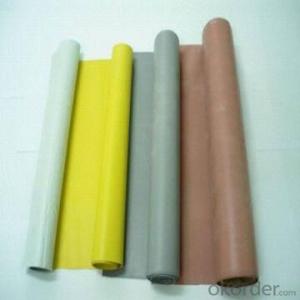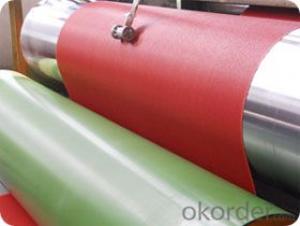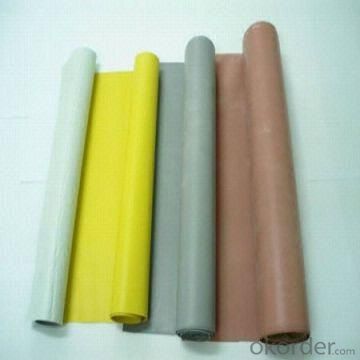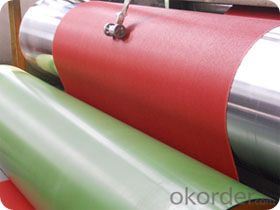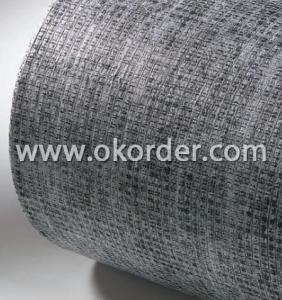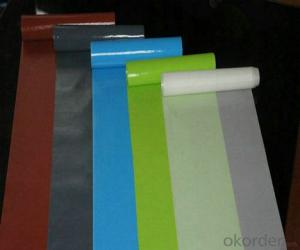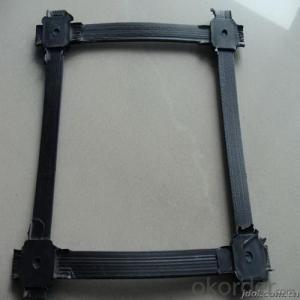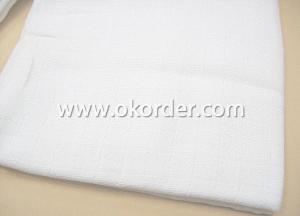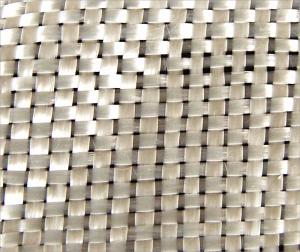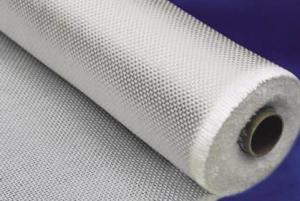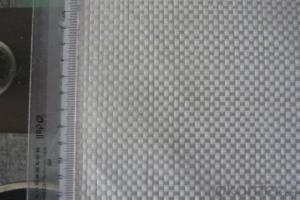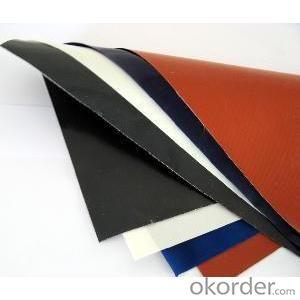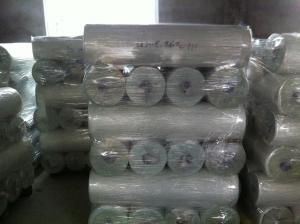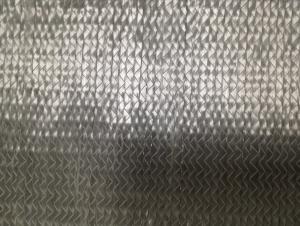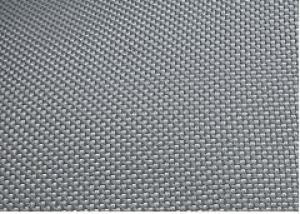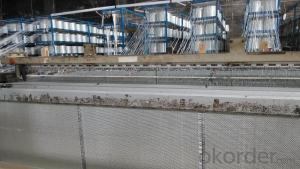Woven Roving Fiberglass Fabric Coated with Silicone Rubber 0.2mm-5mm
- Loading Port:
- Shanghai
- Payment Terms:
- TT OR LC
- Min Order Qty:
- 500 m²
- Supply Capability:
- 50000 m²/month
OKorder Service Pledge
OKorder Financial Service
You Might Also Like
Coated Fiberglass Fabric with Silicone Rubber 0.2mm-5mm
Fiberglass Fabric Description
Silicone coated fiberglass fabric is a fiberglass cloth, which possesses the properties of temperature resistance, anti-corrosion, high strength and is coated with organic silicone rubber.
Fiberglass Fabric Specification
Thickness:0.2mm-5mm
Width:100cm-150cm
Color;grey/red/silver/black
Weight(coating):130gsm-2800gsm
Model No | FSD2030 | FSD2030 | FSD2050 | FSD2100 | |
High temperature resistant(°C) | ≤280 | ≤280 | ≤280 | ≤280 | |
Low temperature resistant(°C) | ≥-40 | ≥-40 | ≥-40 | ≥-40 | |
Tensile intensity (N/50mm) | Warp | ≥1750 | ≥1750 | ≥2500 | ≥3500 |
Weft | ≥1280 | ≥1280 | ≥2100 | ≥3000 | |
Inflating burst intensity(Mpa) | ≥2.0 | ≥2.0 | ≥2.2 | ≥2.6 | |
Peeling intensity(N/m) | ≥450 | ≥450 | ≥520 | ≥600 | |
Insulation (kv/mm) | 16 | 16 | 18 | 18 | |
Weight (g/m*m) | 550-650 | 550-650 | 750-800 | 1500-1800 | |
Width(mm) | 1000±20 | 1000±20 | 1000±20 | 1000±20 | |
Thickness(mm) | 0.3-0.4 | 0.3-0.4 | 0.05-0.55 | 1.0-1.1 | |
color | Silver-gray, gray, red | lucency | Silver-gray, gray, red | Black, gray, red | |
Fiberglass Fabric Features:
1, Good performance on resisting high temperature and low temperature, -40°C-280°C;
2, High strength;
3, Ozone, oxide, light and weather aging resistance;
4, High insulation: dielectric constant:3-3.2, breakdown voltage: 20-50KV/MM;
5, Chemical corrosion resistant, oil-proofing, waterproofing (washable)
Fiberglass Fabric Application:
It has been widely used in construction, electric insulation,
chemical industry, pipeline ductile conjunction, large generating
Corrosion proofing field, machinery, metallurgy, sealing and so on.
Product Show
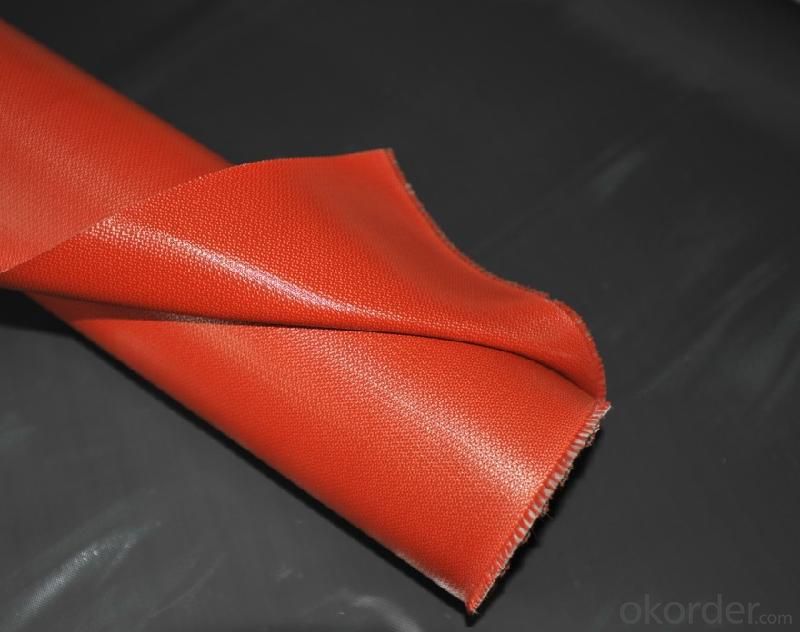
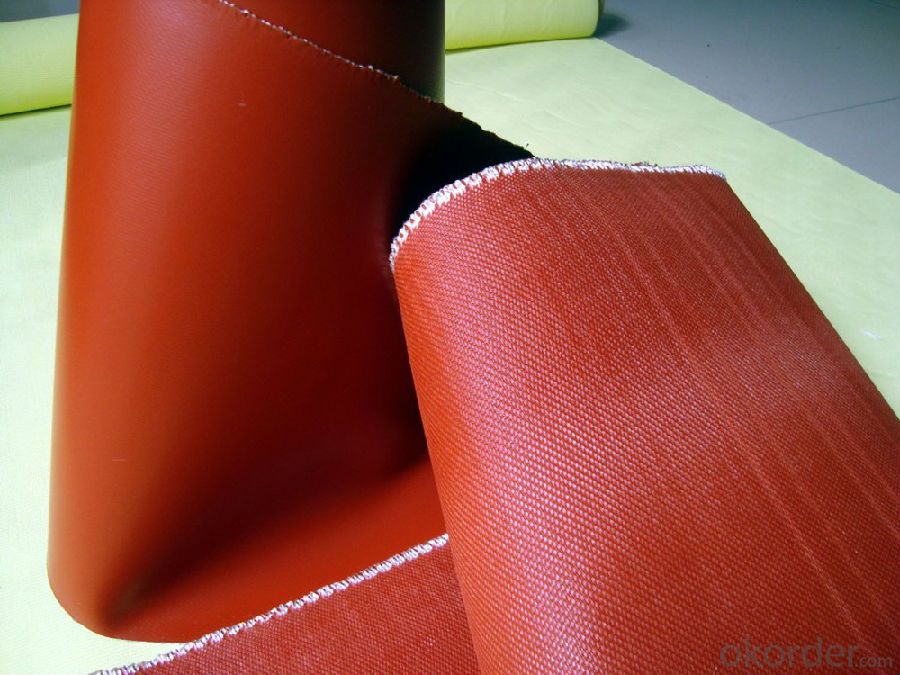
FAQ
1.What are the characteristics of fiberglass fabric?
a)Outstanding temperature resistance(from -70°C to +260°C)
b)Excellent chemical resistance
c)Superior non-stick surface, easy to clean
d)High dielectric strength
e)Dimensional stability
f)Resistance to UV, IR and HF
g)Non-toxic
2.How many methods to weave the fabric?
Four methods to weave the fabric:
a).Plain weave: it can be used in electricity insulation materials and reinforced materials in industry, because of inseparable structure, plain and clear lines.
b).Twill weave: compared with plain weave, it is of high density, high intensity, with a soft and loose structural weave. It can be used in ordinary reinforced materials, filter materials, and painting cloth.
c) Satin weave: compared with plain weave and twill weave, it is of high density,high intensity, with a soft and loose structural weave with a good texture. It is applicable for use as a higher reinforced material in machinery.
d).Gauze weave: said lattice twist weave. It can be used in spread model curtain,resin reinforced emery wheel gray cloth and lattice embed belt.
3.Can you offer us some samples?
We are willing to offer our customers best product&service,if it's necessary we can send
you sample for test;also we welcome all you customer have a trial order.
- Q: Is fiberglass fabric recyclable?
- Yes, fiberglass fabric is recyclable. Fiberglass is made from thin strands of glass that are woven together to create a fabric. While it is not biodegradable, it can be recycled by melting it down and reusing it in the manufacturing of new fiberglass products. The recycling process involves grinding or shredding the fabric into small pieces, then heating it to high temperatures to melt the glass fibers. The molten glass is then shaped into new products or used as filler material. Recycling fiberglass fabric helps reduce waste and conserves resources, making it an environmentally friendly option.
- Q: What are the different colors available for fiberglass fabric rolls?
- Different needs and preferences can be accommodated with a variety of colors available for fiberglass fabric rolls. Commonly found colors include white, black, gray, yellow, green, blue, and red. These colors are achieved through the use of dyes or pigments during manufacturing. The choice of color for a fiberglass fabric roll depends on factors such as the intended application, aesthetic requirements, and visibility needs. For instance, white or light-colored fiberglass fabric rolls are often utilized in applications where visibility or reflectivity is crucial, such as safety clothing or high-visibility signage. Conversely, darker colors like black or gray may be favored for applications where aesthetics or light absorption play a significant role, such as theater backdrops or acoustic panels. Overall, the availability of various colors for fiberglass fabric rolls provides customization and versatility in numerous industries and applications.
- Q: How is fiberglass fabric measured and sold?
- Fiberglass fabric is typically measured and sold by weight, thickness, and width. The weight of fiberglass fabric is measured in ounces per square yard (oz/yd²), indicating the amount of fiberglass material present in a given area. The higher the weight, the denser and stronger the fabric. Common weights range from 4 oz/yd² to 20 oz/yd², depending on the intended use. Thickness, also known as the thickness of the fabric, is another important measurement. It is usually expressed in mils (1 mil = 0.001 inch) or millimeters (mm). The thickness of fiberglass fabric can vary depending on the application, with thinner fabrics being more flexible and easier to mold, while thicker fabrics provide greater strength and durability. Width is another consideration when measuring and selling fiberglass fabric. It refers to the width of the fabric roll and is typically measured in inches or centimeters. Common widths for fiberglass fabric range from 38 inches (96.5 cm) to 60 inches (152.4 cm). The width is an important factor to consider when determining the quantity of fabric needed for a particular project. Fiberglass fabric is commonly sold in rolls or by the yard. Roll lengths can vary depending on the manufacturer, but common lengths are 50 yards (45.7 meters) or 100 yards (91.4 meters). Retailers may also offer fiberglass fabric by the yard, allowing customers to purchase the desired length of fabric for their specific needs. In summary, fiberglass fabric is measured and sold based on weight, thickness, width, and length. By considering these factors, customers can choose the most suitable fiberglass fabric for their intended applications.
- Q: Are there any specific safety precautions to consider when working with fiberglass fabrics?
- Yes, there are several safety precautions to consider when working with fiberglass fabrics. Firstly, it is important to wear appropriate personal protective equipment (PPE) such as gloves, goggles, and a respirator. Fiberglass fibers can be irritating to the skin, eyes, and respiratory system, so it is crucial to minimize direct contact and inhalation of the fibers. Secondly, it is recommended to work in a well-ventilated area or use local exhaust ventilation to reduce the concentration of airborne fiberglass particles. This can help prevent the fibers from being inhaled and causing respiratory issues. Additionally, it is important to handle fiberglass fabrics with care to avoid creating dust or releasing loose fibers. Cutting or sanding fiberglass fabrics should be done in a controlled manner, using wet methods or dust collection systems to minimize airborne particles. When cleaning up after working with fiberglass fabrics, it is advisable to use a damp cloth or vacuum cleaner with a HEPA filter to capture any loose fibers. Dry sweeping or blowing with compressed air should be avoided as it can disperse the fibers into the air. It is also important to note that fiberglass fabrics should be stored in a dry area to prevent moisture absorption, which can affect their performance and durability. Overall, by following these safety precautions, individuals can minimize the potential health risks associated with working with fiberglass fabrics.
- Q: Is fiberglass fabric suitable for use in electrical insulation tapes?
- Yes, fiberglass fabric is suitable for use in electrical insulation tapes. It has excellent electrical insulation properties, high resistance to heat and fire, and good mechanical strength. Additionally, it provides good dimensional stability and chemical resistance, making it a reliable choice for electrical insulation applications.
- Q: What are the safety precautions to be taken while working with fiberglass fabric?
- When working with fiberglass fabric, it is important to take certain safety precautions to protect yourself from potential health hazards. Here are some key safety measures to consider: 1. Personal Protective Equipment (PPE): Always wear appropriate PPE such as gloves, safety glasses, and a dust mask or respirator. This helps minimize contact with fiberglass particles and prevents respiratory issues. 2. Ventilation: Work in a well-ventilated area to reduce the concentration of airborne fiberglass particles. If necessary, use exhaust fans or open windows to improve airflow. 3. Minimize Dust: Avoid cutting or sanding fiberglass fabric whenever possible, as these actions can release fine particles into the air. Use pre-cut fiberglass pieces whenever feasible, and if cutting or sanding is necessary, do it in a controlled environment equipped with dust collection systems. 4. Cleanliness: Maintain good hygiene practices by washing your hands thoroughly after handling fiberglass fabric. Avoid touching your face, especially eyes and mouth, to prevent accidental ingestion or irritation. 5. Proper Storage: Store fiberglass fabric in a cool, dry place, away from direct sunlight or extreme temperatures. This helps maintain its integrity and reduces the risk of degradation or damage. 6. Training: Ensure that all personnel working with fiberglass fabric are properly trained on its handling and safety protocols. This includes understanding the potential health hazards, proper use of PPE, and emergency procedures. 7. First Aid: In case of any accidental exposure or injury, have a fully stocked first aid kit readily available. Seek medical attention promptly if required. By following these safety precautions, you can minimize the risks associated with working with fiberglass fabric and create a safer working environment.
- Q: Can fiberglass fabric be used for electrical cables?
- Indeed, electrical cables can make use of fiberglass fabric. Renowned for its exceptional electrical insulation capabilities, fiberglass fabric is well-suited for scenarios necessitating the reduction of electrical conductivity. It can serve as a protective outer layer or insulation within electrical cables, effectively safeguarding against electrical shocks and short circuits. Moreover, fiberglass fabric's resistance to heat, fire, and chemicals amplifies its suitability for electrical cable applications.
- Q: What are the different dyeing options available for fiberglass fabric?
- There are several dyeing options available for fiberglass fabric, each with its own advantages and considerations. 1. Pigment dyeing: Pigment dyeing involves adding pigments to the fabric, which bond with the fibers to create color. This method offers a wide range of color options and is relatively easy to use. However, it may not achieve deep or uniform color penetration, and the color may fade over time due to exposure to sunlight and other environmental factors. 2. Solution dyeing: In solution dyeing, the color is added to the liquid before it is turned into fibers. This results in a more permanent and fade-resistant color as the dye is integrated throughout the entire fabric. However, it limits the color options available as the dye must be added during the manufacturing process. 3. Disperse dyeing: Disperse dyeing is commonly used for synthetic fibers like fiberglass. It involves dispersing the dye in a carrier liquid and then applying it to the fabric through various methods such as immersion, padding, or spraying. Disperse dyeing offers good color fastness and can achieve vibrant and uniform colors. However, it requires high temperatures and pressure to ensure proper dye penetration. 4. Sublimation dyeing: Sublimation dyeing is a heat transfer process where the dye is converted from a solid to a gas and then back to a solid on the fabric. This allows the dye to bond directly with the fibers, resulting in vibrant and long-lasting colors. Sublimation dyeing offers excellent color fastness and the ability to achieve intricate patterns and designs. However, it requires specialized equipment and is typically more suitable for large-scale production. It is important to note that the dyeing options available may vary depending on the specific type and composition of the fiberglass fabric. Additionally, the choice of dyeing method should consider factors such as the desired color, durability, and application requirements.
- Q: Are fiberglass fabrics suitable for use in the construction industry?
- Yes, fiberglass fabrics are suitable for use in the construction industry. Fiberglass fabrics are made from fine fibers of glass, which are woven together to form a strong, durable, and flexible material. This makes them an excellent choice for various construction applications. One of the main reasons why fiberglass fabrics are suitable for the construction industry is their high strength-to-weight ratio. They offer excellent tensile strength and are capable of withstanding heavy loads and stresses. This makes them ideal for reinforcing concrete, providing structural support, and strengthening various construction elements like walls, beams, and columns. Furthermore, fiberglass fabrics are resistant to corrosion, chemicals, and moisture. This makes them suitable for use in environments where exposure to these factors is common, such as in coastal areas or industrial settings. Additionally, fiberglass fabrics are non-combustible and have excellent fire resistance properties, which is crucial for ensuring the safety of a building. Another advantage of fiberglass fabrics is their versatility. They can be easily molded and shaped into various forms, making them suitable for a wide range of construction applications. They can be used for creating architectural features, such as decorative panels or facades, as well as for insulation, roofing, and waterproofing systems. Moreover, fiberglass fabrics are known for their excellent thermal and sound insulation properties. This makes them highly desirable for improving energy efficiency and reducing noise transmission in buildings. They can help to maintain comfortable indoor temperatures, reduce heating and cooling costs, and create a quieter and more comfortable living or working environment. In conclusion, fiberglass fabrics are highly suitable for use in the construction industry. Their strength, durability, resistance to various elements, versatility, and insulation properties make them an excellent choice for a wide range of construction applications, contributing to the overall quality, safety, and energy efficiency of buildings.
- Q: Is fiberglass fabric resistant to chemicals in agricultural applications?
- Generally, fiberglass fabric exhibits resistance to chemicals in agricultural applications. Its exceptional chemical resistance is well-known and makes it suitable for a variety of industrial and agricultural uses. It can withstand exposure to a wide array of chemicals, such as acids, alkalis, solvents, and commonly used agricultural pesticides. This chemical resistance guarantees the durability and functionality of fiberglass fabric in agricultural settings, even when it comes into direct contact with potentially corrosive substances. Moreover, fiberglass fabric also possesses resistance to UV radiation, moisture, and extreme temperatures, thereby further enhancing its suitability for agricultural applications.
Send your message to us
Woven Roving Fiberglass Fabric Coated with Silicone Rubber 0.2mm-5mm
- Loading Port:
- Shanghai
- Payment Terms:
- TT OR LC
- Min Order Qty:
- 500 m²
- Supply Capability:
- 50000 m²/month
OKorder Service Pledge
OKorder Financial Service
Similar products
Hot products
Hot Searches
Related keywords
